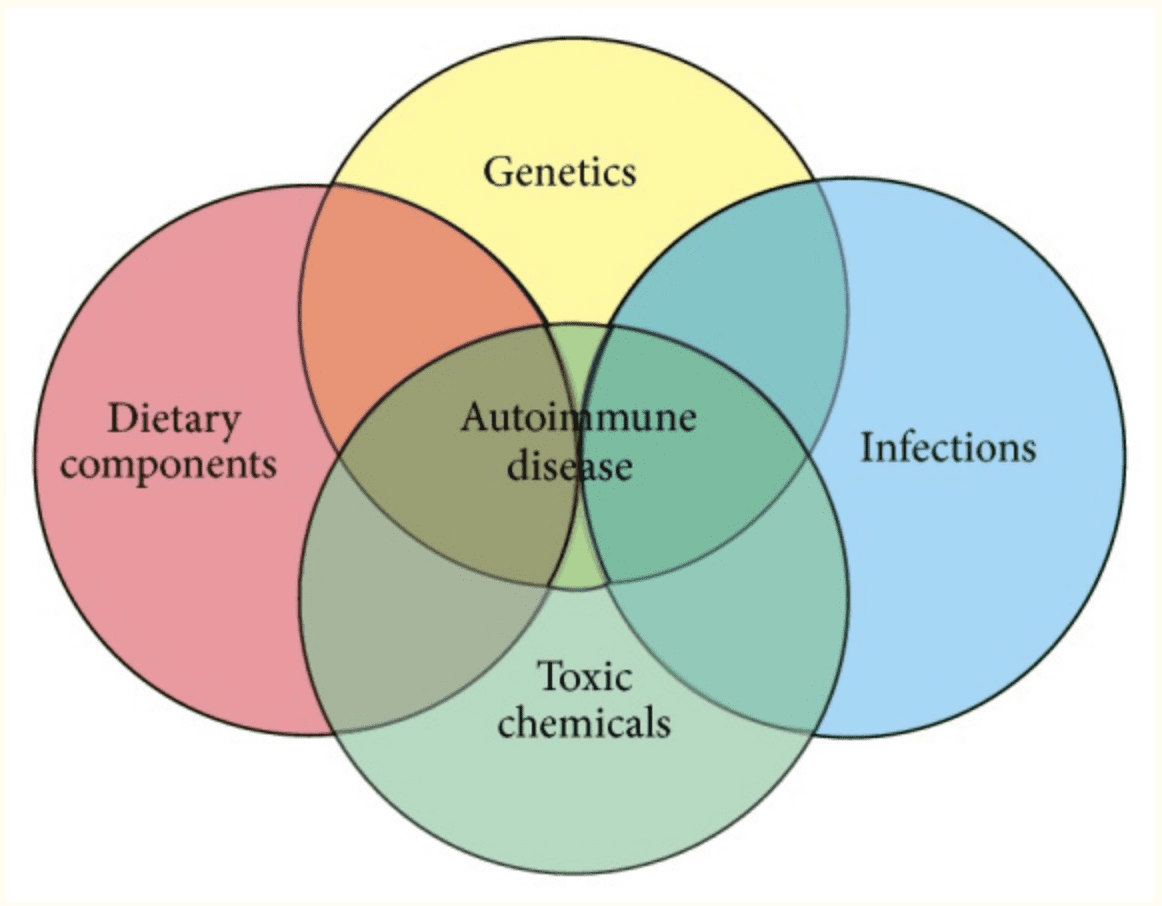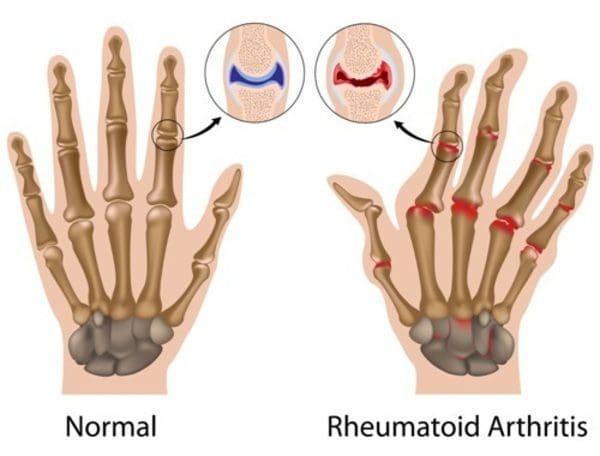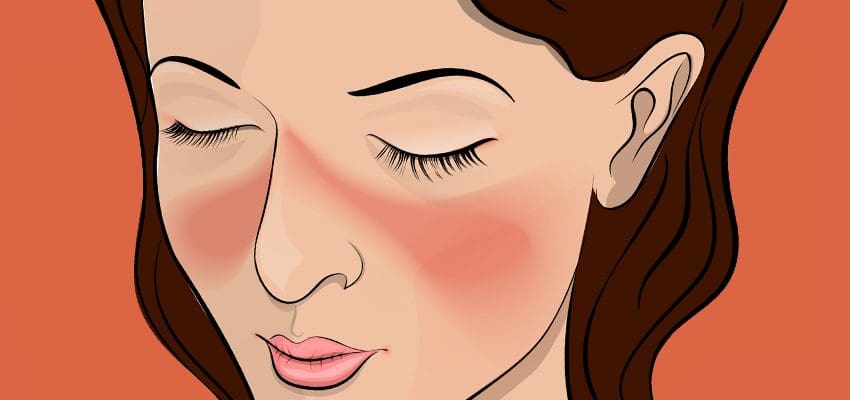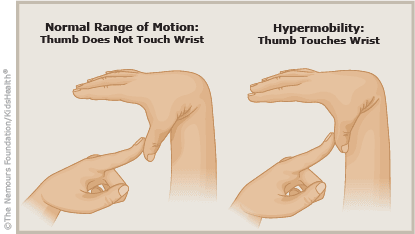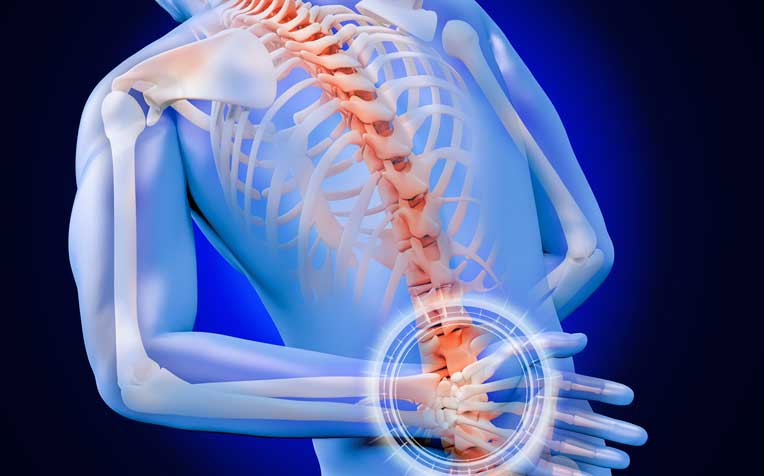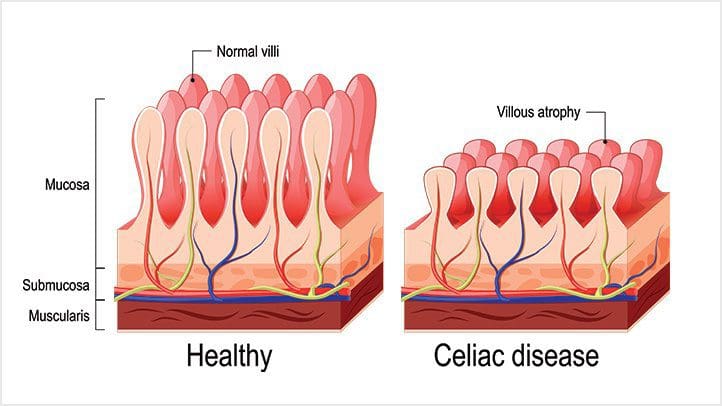Autoimmune disease is the disease of the modern era. It is a condition where the body’s immune system mistakenly attacks the body. Since the body’s immune system usually guards against bacteria and viruses, it can sense the foreign cells and send out fighter cells to attack them. When it’s an autoimmune disease, however, the immune system starts to make mistakes to certain parts of the body. It starts attacking the joints, the skin, or the musculoskeletal system as foreign cells and attacking them. The immune system releases autoantibody proteins to attack the healthy cells, thus causing autoimmune disease in the body.
What Triggers the Activation of the Autoimmune Mechanism?
Surprising the body’s antibodies go through a process by cleaning up the old and damaged cells, so that way, new healthy cells can grow and replaced the old cells. Although if the body has an excessive number of antibodies in their system, it can cause the individual to have an autoimmune disease. Research has shown that a part of the autoimmune ecology, the influence of environmental exposure can not only develop autoimmune disorder but shape the function of the immune system.Another study stated that approximately 30% of all autoimmune diseases come from the genetic disposition. While 70% is due to environmental factions, including toxic chemicals, dietary components, gut dysbiosis, and infections in the body. So some of the ecological factors that are included are adjuvants (immunostimulant effects). These are typically used in vaccines to produce a more effective immunization reaction.
Researchers stated that molecular mimicry is one of the mechanisms, where a foreign antigen shares a sequence or structural similarities with self-antigens. This means that any infections that can initiate and maintain autoimmune responses can lead to specific tissue damage in the body. It is a phenomenon that molecular mimicry and cross-reactivity are identical. Cross-reactivity is significant when it comes to food allergies and is often responsible for many disorders. It affects the scope of the disease, the reliability of diagnostic testing, and has implications for any current and potential therapies.
Common and Rare Autoimmune Diseases
So with the immune system, the primary function is to repair the body with new cells. Individuals with an autoimmune disease will have many chronic illnesses that are both common and rare when they are being diagnosed. Below is a list of autoimmune diseases that range from common to some of the rarer autoimmune conditions an individual may experience.Rheumatoid arthritis (RA)
Rheumatoid arthritis is when the immune system is attacking the joints. This attack causes redness, warmth, soreness, and stiffness in the joints. It’s one of the most common autoimmune diseases and found in women and elderly people. Studies have shown that an increase in genes can trigger the body’s immune system to cause rheumatoid arthritis in the joints. The most common signs to spot rheumatoid arthritis is on the hands, the knees, the feet, and anywhere the bones are always inflamed.
Lupus
Lupus is a systemic autoimmune disease that occurs when an individual’s immune system starts attacking their own tissue and organs. Even though lupus is difficult to diagnose because it often mimics other ailments, it can cause inflammation to different body systems, including the joints, skin, kidneys, blood cells, brain, heart, and lungs. The distinctive sign of lupus is a facial rash that resembles butterfly wings unfolding across booth cheek. Another sign is pregnancy complications due to high blood pressure due to lupus.
Ehlers-Danlos Syndrome (EDS)
EDS (Ehlers-Danlos Syndrome) is a rare autoimmune disease that causes soft connective tissues to be fragile in the body. This autoimmune disease is still new for doctors; however, there is always more research to be done about this disease. The symptoms can vary from mild skin and joint hyperlaxity to severe physical disability and life-threatening vascular complications. One of the most common symptoms is joint hypermobility. This disease can cause the joints to be unstable or loose, and it can cause the body’s joint to have frequent dislocations and joint pain.
Polymyalgia rheumatica
Polymyalgia rheumatica is an inflammatory musculoskeletal disorder that causes muscle pain and stiffness around the shoulder and hips. This is most common for elderly adults who have a limited range of motion, stiffness in the wrist, elbows or knees, as well as, aches or pains in the shoulders and neck. It also shares similarities with another disease known as giant cell arteritis. This disease is a result of inflammation in the lining of the arteries causing headaches, jaw pain, vision difficulties, and scalp tenderness. The two factors that can cause the development of polymyalgia rheumatica are genetics and environmental exposure that can increase the chances of having the disorder.
Ankylosing spondylitis
Ankylosing spondylitis is an autoimmune inflammatory disease that can cause some of the vertebrae in the spine to fuse over time. When this happens, the fusing makes the spine less flexible and causes the body to be in a hunched-forward posture. It is most common for men to have the symptoms, and there are treatments to lessen the symptoms and possibly slow down the progression of the disease.
Celiac disease
Celiac disease is one of the most common autoimmune disorders that occurs in about 1% of individuals. This disease makes the individual have an inflammatory reaction to the intestinal permeability barrier from eating gluten found in wheat, rye, and barley. Studies show that patients with celiac disease and autoimmune disease have to be in a gluten-free diet to get rid of the gluten from their diet and heal the gut. In an article, it stated how products have hidden gluten in them and what an individual should do.
Conclusion
So the mechanisms of an autoimmune disease can be either by genetics or by environmental factors that can cause an individual to have problems in their body. There are many autoimmune diseases, ranging from common to some of the rarer autoimmune diseases, that can affect the body. In honor of Governor Abbott's declaration, October is Chiropractic Health Month. To learn more about the proposal on our website. The scope of our information is limited to chiropractic, musculoskeletal, and nervous health issues as well as functional medicine articles, topics, and discussions. We use functional health protocols to treat injuries or chronic disorders of the musculoskeletal system. To further discuss the subject matter above, please feel free to ask Dr. Alex Jimenez or contact us at 915-850-0900 .References:
Anaya, Juan-Manuel, et al. “The Autoimmune Ecology.” Frontiers in Immunology, Frontiers Media S.A., 26 Apr. 2016, www.ncbi.nlm.nih.gov/pmc/articles/PMC4844615/.Bonds, Rana S, et al. “A Structural Basis for Food Allergy: the Role of Cross-Reactivity.” Current Opinion in Allergy and Clinical Immunology, U.S. National Library of Medicine, Feb. 2008, www.ncbi.nlm.nih.gov/pubmed/18188023.
Clinic Staff, Mayo. “Ankylosing Spondylitis.” Mayo Clinic, Mayo Foundation for Medical Education and Research, 7 Mar. 2018, www.mayoclinic.org/diseases-conditions/ankylosing-spondylitis/symptoms-causes/syc-20354808.
Clinic Staff, Mayo. “Lupus.” Mayo Clinic, Mayo Foundation for Medical Education and Research, 25 Oct. 2017, www.mayoclinic.org/diseases-conditions/lupus/symptoms-causes/syc-20365789.
Clinic Staff, Mayo. “Polymyalgia Rheumatica.” Mayo Clinic, Mayo Foundation for Medical Education and Research, 23 June 2018, www.mayoclinic.org/diseases-conditions/polymyalgia-rheumatica/symptoms-causes/syc-20376539.
Cusick, Matthew F, et al. “Molecular Mimicry as a Mechanism of Autoimmune Disease.” Clinical Reviews in Allergy & Immunology, U.S. National Library of Medicine, Feb. 2012, www.ncbi.nlm.nih.gov/pmc/articles/PMC3266166/.
De Paepe, A, and F Malfait. “The Ehlers-Danlos Syndrome, a Disorder with Many Faces.” Clinical Genetics, U.S. National Library of Medicine, July 2012, www.ncbi.nlm.nih.gov/pubmed/22353005.
Schmidt, Zsuzsa, and Gyula Poór. “Polymyalgia Rheumatica Update, 2015.” Orvosi Hetilap, U.S. National Library of Medicine, 3 Jan. 2016, www.ncbi.nlm.nih.gov/pubmed/26708681.
Scott, David L, et al. “Rheumatoid Arthritis.” Lancet (London, England), U.S. National Library of Medicine, 25 Sept. 2010, www.ncbi.nlm.nih.gov/pubmed/20870100.
Vojdani, Aristo, et al. “Environmental Triggers and Autoimmunity.” Autoimmune Diseases, Hindawi Publishing Corporation, 2014, www.ncbi.nlm.nih.gov/pmc/articles/PMC4290643/.
Watson, Stephanie. “Autoimmune Diseases: Types, Symptoms, Causes, Diagnosis & More.” Healthline, Healthline Media, 26 Mar. 2019, www.healthline.com/health/autoimmune-disorders.




